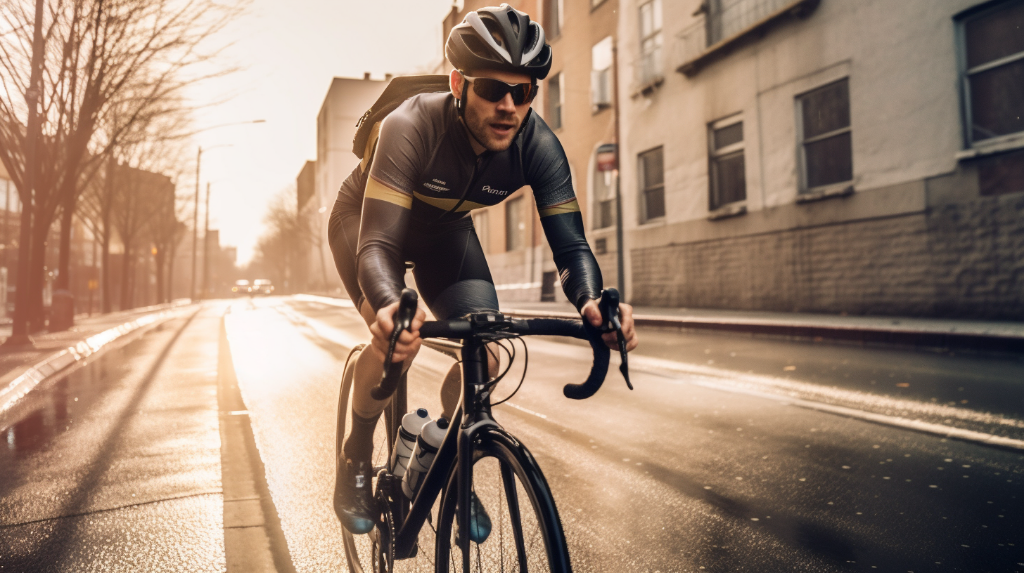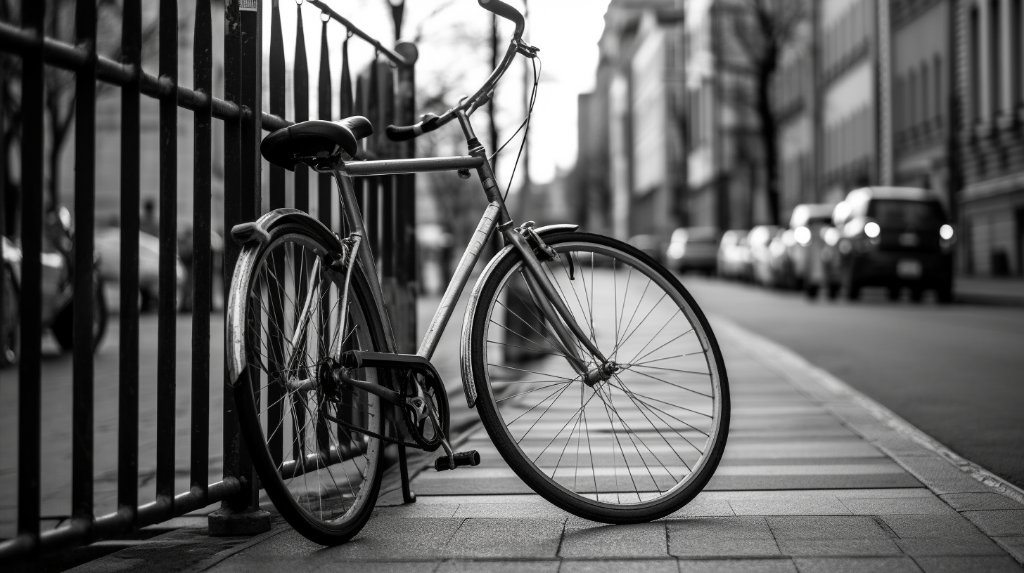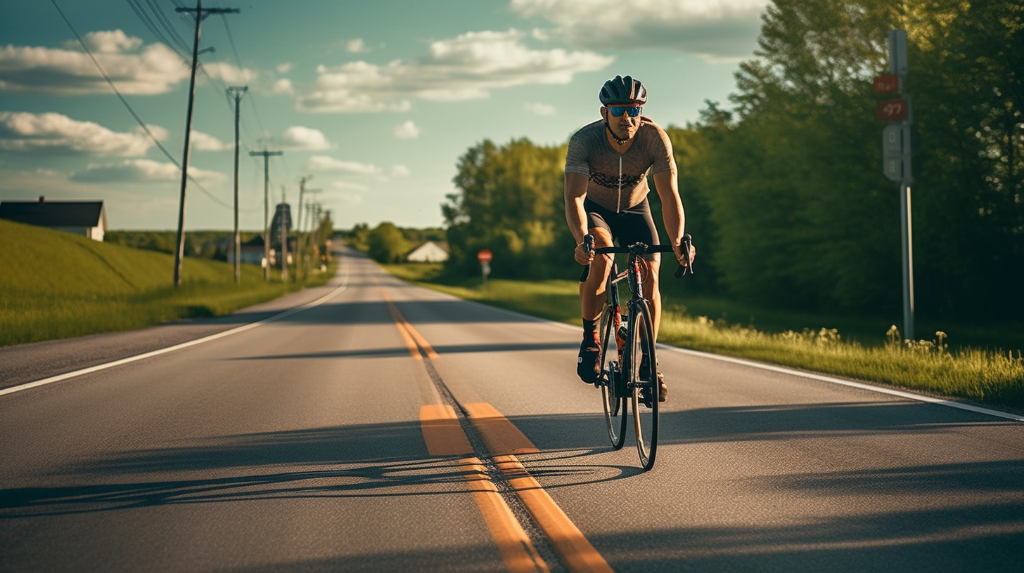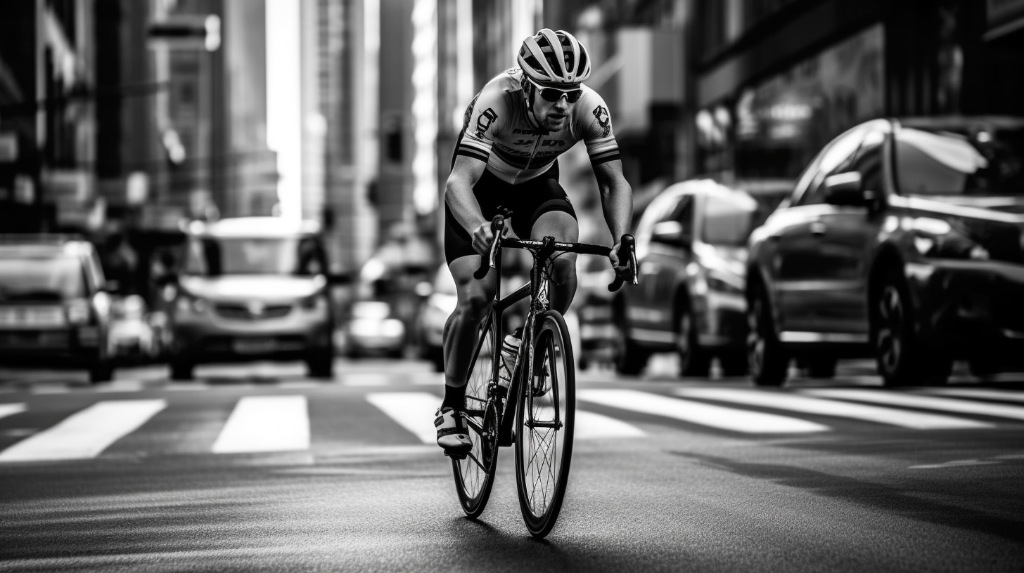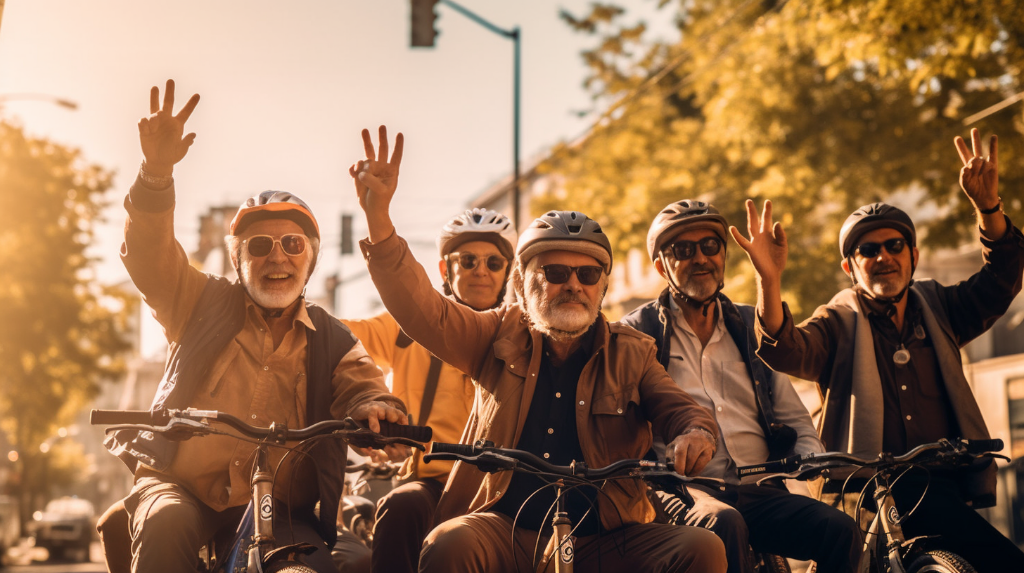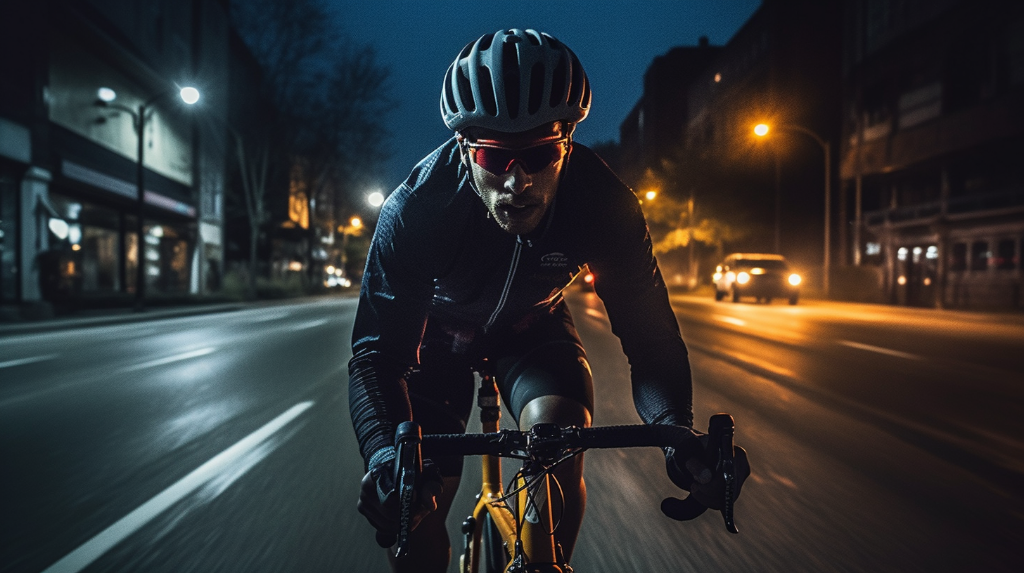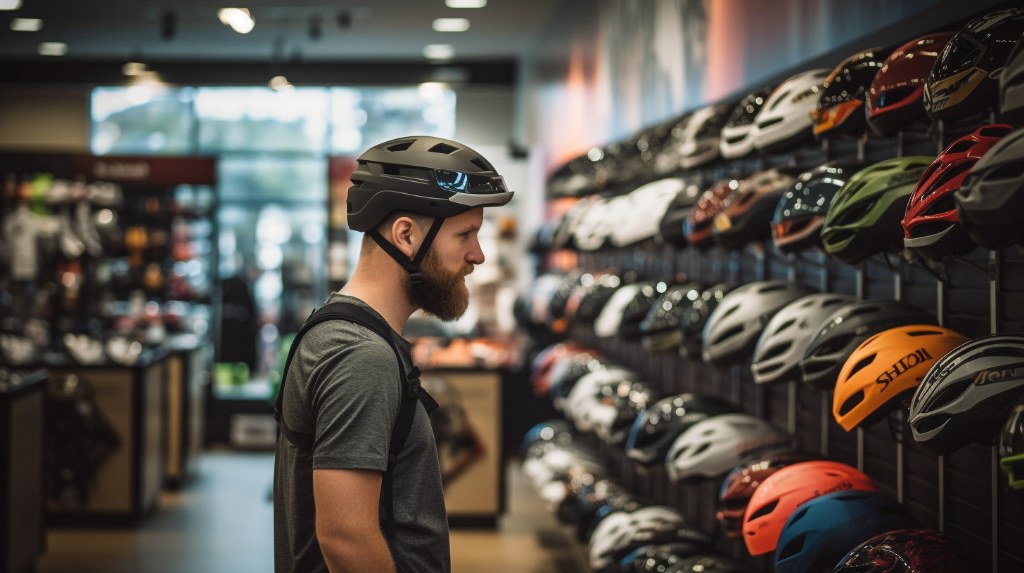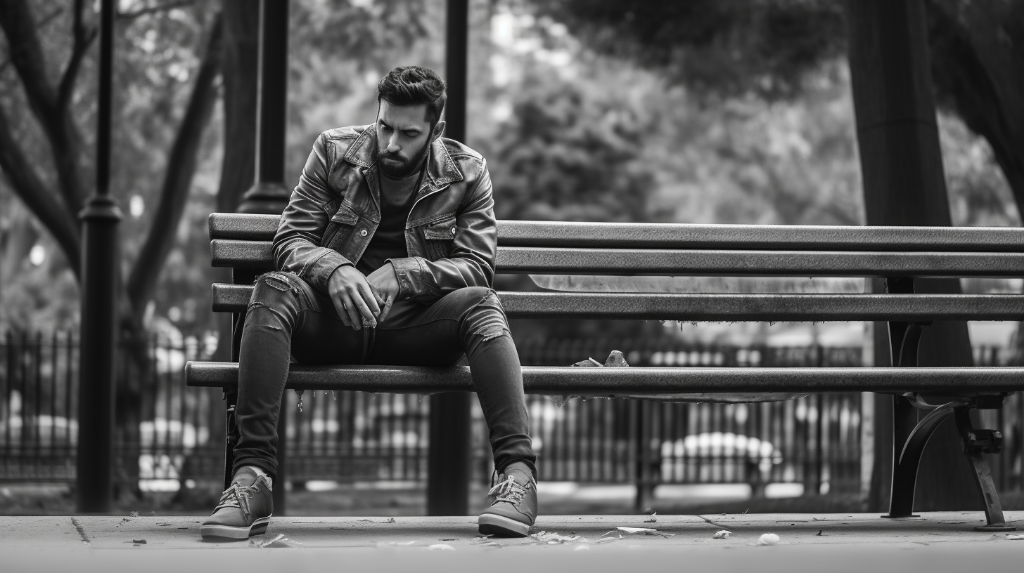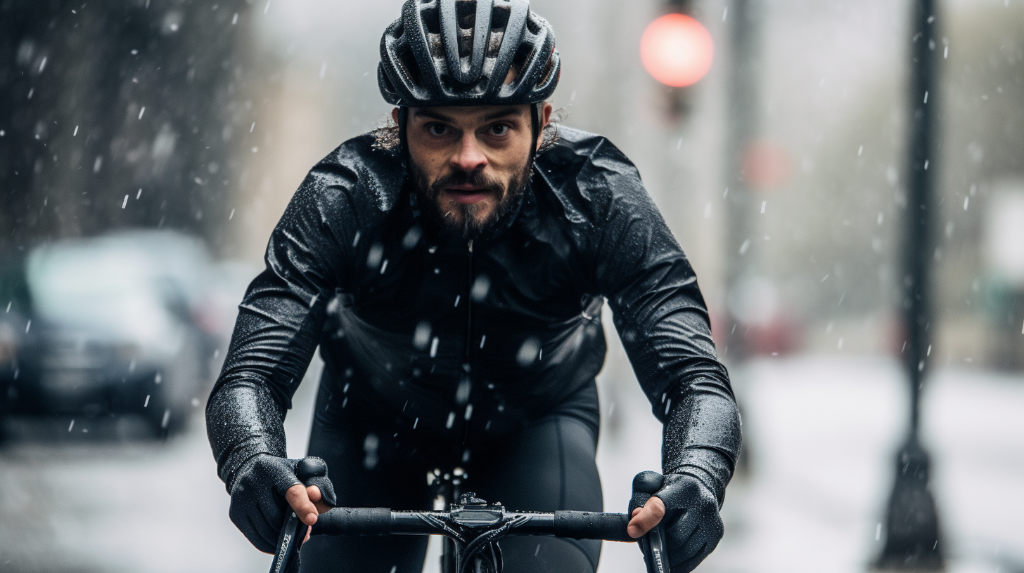Best Practices for Hydrating on Long Rides
Ever wondered why hydration is so crucial for cyclists, especially on long rides? Well, keeping your body sufficiently hydrated is not just about quenching your thirst. It’s about maintaining optimal body functions, enhancing performance, and promoting a quick recovery. Think of water as the oil to your body’s engine, without which, your performance can take a nosedive.
Neglecting proper hydration can lead to severe consequences for both your health and performance. It’s no secret that dehydration can result in reduced endurance, increased fatigue, lowered resistance to heat stress, and an overall decline in performance. But did you know it can also lead to serious health issues like heatstroke?
In this blog post, we will dive into the importance of hydration for cyclists, bust some common hydration myths, and provide practical tips on how to stay adequately hydrated during long rides. Sounds interesting, right? Let’s get started!
Understanding Hydration and its Importance for Cyclists
Water plays a pivotal role in our bodies— it helps regulate body temperature, lubricates the joints, aids digestion, and transports nutrients to give you the energy you need to ride. Now, imagine running low on such an essential component— that’s what happens when you get dehydrated.
Dehydration occurs when the body loses more fluids than it takes in, affecting your body’s ability to perform normal functions. For athletes and cyclists, this can translate into impaired performance and longer recovery times. So, staying hydrated is not just about feeling good but also about keeping your cycling performance at its peak.
But remember, the hydration needs of a cyclist can vary based on several factors including the ride’s duration, intensity, and the environmental conditions. A leisurely ride in cool weather will not require the same hydration strategy as a high-intensity ride in the summer. Sounds complex? Don’t worry, we’ll simplify it for you!
Myths about Hydration in Cycling
There’s a lot of information out there about hydration, and unfortunately, not all of it is accurate. Misconceptions can lead to improper hydration habits which can adversely affect your performance or even your health. So let’s debunk some common myths about hydration in cycling, shall we?
How Much to Drink and When
When it comes to hydrating for long bicycle rides, timing and quantity are key. But how much should you drink, and when is the best time to do it? The answers to these questions can significantly impact your performance and recovery.
Hydrating Before the Ride
Starting your ride well-hydrated is crucial. But what does that mean, exactly? As a general rule, aim to drink at least 500ml (about 17 ounces) of water in the two hours leading up to your ride. This gives your body time to absorb the water and prepare for the upcoming exertion. Does that seem like a lot? Consider this: your body can lose up to a liter of water per hour during intense exercise, so starting off well-hydrated can make a significant difference in your performance and comfort.
Hydrating During the Ride
Now let’s talk about staying hydrated during the ride. While it’s tempting to only drink when you feel thirsty, this isn’t the best strategy. Thirst isn’t always a reliable indicator of hydration levels, especially during long rides. Instead, aim to sip small amounts of water frequently. A good rule of thumb is to drink about 150-200ml (around 5-7 ounces) every 15-20 minutes. This will help to maintain a steady level of hydration and prevent any sudden drops in performance.
Hydrating After the Ride
What about after the ride? Rehydration is just as important post-ride as it is pre-ride and mid-ride. Your body needs to replenish the fluids and electrolytes lost during your cycling session. Within the first 30 minutes after your ride, aim to drink at least 500ml of water, and continue to hydrate throughout the day. Remember, effective rehydration is about more than quenching your thirst – it’s about giving your body what it needs to recover and prepare for your next ride.
What to Drink: Water vs. Sports Drinks
Have you ever wondered whether you should reach for water or a sports drink during your long bike ride? It’s a common question among cyclists, and for a good reason. Both options have their pros and cons, and the choice can directly impact your performance and recovery.
Water is a natural and easily accessible hydrator. It helps regulate body temperature, lubricate joints, and transport nutrients to give you energy and keep you healthy. However, water alone may not be sufficient for rides longer than an hour as it doesn’t replenish electrolytes lost through sweat.
On the other hand, sports drinks are designed to provide hydration and replenish electrolytes. They often contain carbohydrates for additional energy. But be wary, not all sports drinks are created equal. Some are packed with sugar and artificial ingredients that might do more harm than good.
So, when should you choose each? As a general rule of thumb, water is sufficient for shorter, less intense rides. For longer, more intense rides, especially in hot weather, a sports drink may be more beneficial.
| Water | Sports Drinks | |
|---|---|---|
| Hydration | Excellent | Excellent |
| Electrolyte Replenishment | Poor | Good |
| Energy Boost | None | Varies |
| Sugar Content | None | Varies |
| Artificial Ingredients | None | Varies |
Signs of Dehydration to Watch Out For
Hydration is not just about drinking the right amount; it’s also about knowing when to drink. Recognizing the early signs of dehydration can help you stay ahead of it and maintain your performance on the bike.
Thirst is often the first sign of dehydration, but it’s not always reliable, especially during intense physical activity. In fact, you may be significantly dehydrated by the time you feel thirsty. Hence, don’t wait until you’re thirsty to drink.
Other early signs of dehydration include dry mouth, decreased urine output, and light-headedness. More severe symptoms, such as rapid heart rate, sunken eyes, and extreme fatigue, indicate serious dehydration that requires immediate action.
Remember, dehydration can impair your cycling performance and pose serious health risks. So, when you notice these signs, it’s time to stop and drink, even if you don’t feel thirsty.
Hydration Accessories for Cyclists
When it comes to long rides, having the right gear can make a significant difference in your hydration strategy. There are several hydration accessories designed to make drinking during a ride more comfortable and convenient. These include water bottles, hydration packs, and bottle cages. But which ones should you choose? That often depends on the type of ride you’re planning.
Let’s take a closer look at some of these hydration accessories:
- Water bottles: These are the most basic hydration accessories. Look for ones that are easy to open, leak-proof, and insulated to keep your drink cool.
- Hydration packs: These backpack-like accessories are perfect for longer rides. They can hold more water than a bottle and include a tube for hands-free drinking.
- Bottle cages: These are essential for securing your water bottle to your bike. They should be sturdy and hold your bottle tight, even on rough terrains.
Final Tips for Staying Hydrated
Staying hydrated during long rides is essential for optimal performance and recovery. We’ve covered a lot of ground in this blog post, discussing the importance of hydration, how much to drink, when to drink, and what to drink. We’ve also debunked some myths and highlighted signs of dehydration to watch out for.
But, what’s the key takeaway here? Remember, every cyclist is unique. Your hydration needs may vary based on a range of factors, including the duration and intensity of your ride, the weather, and your personal physiology. So, listen to your body and adjust your hydration strategy as needed.
Don’t forget to invest in a good hydration accessory. Whether it’s a sturdy water bottle, a convenient hydration pack, or a secure bottle cage, the right gear can make staying hydrated on your ride much easier.
So, are you ready to take your ride to the next level? Keeping these hydration tips in mind can help you maintain your momentum, recover faster, and enjoy your ride to the fullest. Happy cycling!
